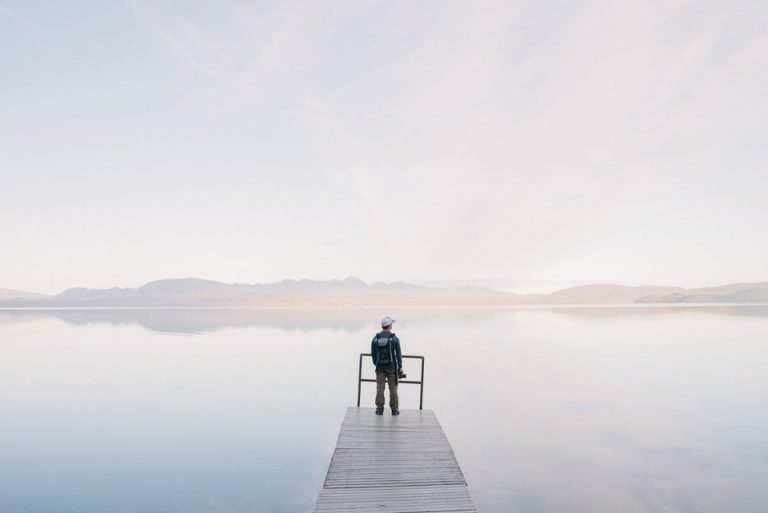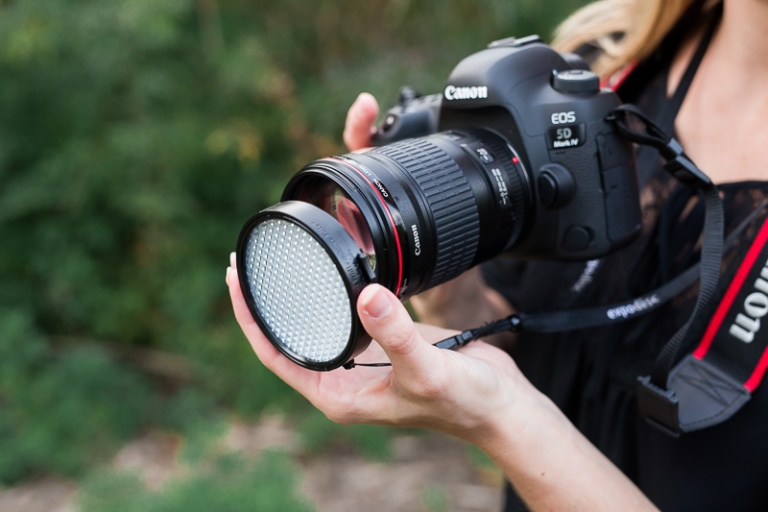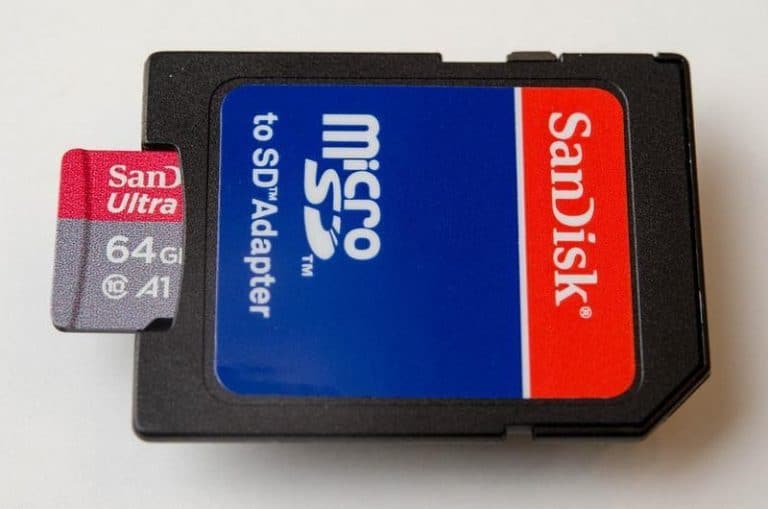When it comes to cameras, many people experience stress and confusion when trying to decide which camera brand to purchase. Two of the most popular camera brands are Nikon and Sony.
Today, we’re going to look at Nikon against Sony to decide which camera would be better for your needs. We’ll discuss the strengths and weaknesses of both brands and the different features you might want in your camera, including face detection, autofocus, IBIS, and APS-C versus full frame.
By the time this article is done, you will have a complete understanding of Nikon and Sony. Plus, you’ll be ready to decide which brand camera better fits your needs.
Do Cameras Really Make a Difference?
There is an extensive debate about camera quality vs quality images. Do expensive cameras produce high end shots?
Of course the more money you spend on your new camera, the better system you will get. The more system features you have, the more high end your final product. But if you don’t know what all of these different system features and settings can do, your pictures can turn out bland and unappealing.
Cameras are just a tool that helps you capture images forever. They are not magical machines that do all the hard work. So in a way, the type of system you choose won’t matter if you don’t know how to use your camera correctly.
Even a professional photographer can capture excellent pictures using a cheap, basic camera without the advanced system. Just like an amateur photographer can end up with bad photos using an expensive professional-grade system.
Anyone can use cameras to take photos. Just ask any parent who has to delete distorted kid selfies from their camera roll routinely. But it takes time, patience, and skill to produce image quality shots that do not have any flaws.
Instead of trying to pick the best camera on the market that everyone recommends, consider choosing your system based on your skill level.
If you’re just starting with photography, you won’t have the experience and technique to use all the advanced systems with more expensive models. Instead, start with a more basic camera and system and work your way up to a more professional system as your skill improves.
Sensor Size
All cameras have a sensor that controls the amount of light that creates your image. These sensors have millions of photosites (light-sensitive spots) that record information about the object you have lined up in your lens.
These sensors can help create perfect images by improving dynamic range, viewing angles, reducing noise, and providing better low light. Bigger sensors also allow you to have higher resolution, meaning clearer pictures.
Smaller, more basic models typically have a smaller sensor that allows you to point and shoot to capture your images.
But the larger models can have advanced features like a DSLR or a mirrorless sensor. Sensors can also be full-frame or cropped, which can affect the outcome of your pictures.
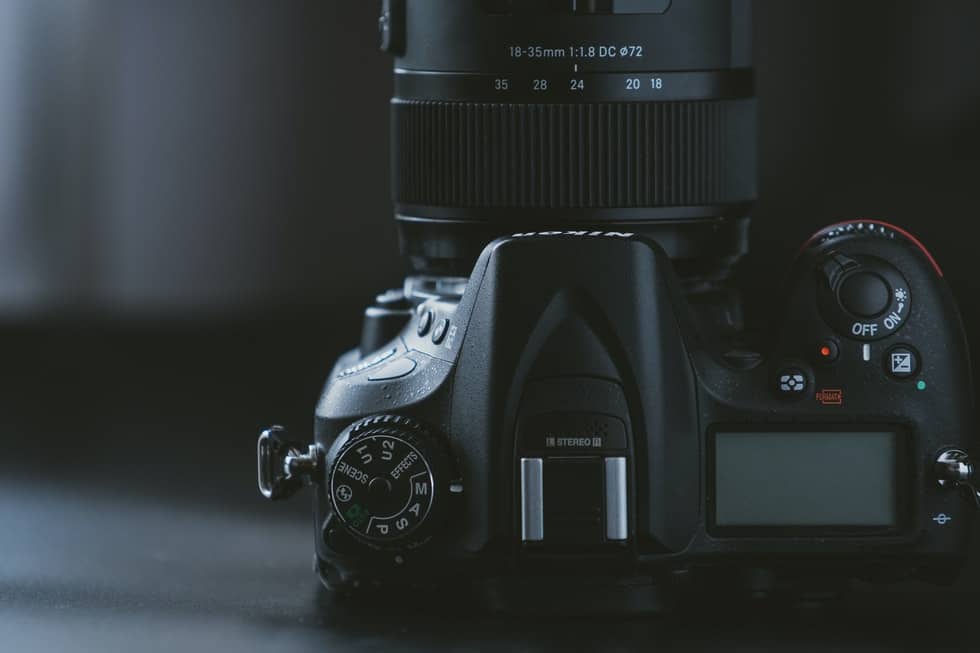
Lenses
If you are using a camera that allows for different lenses, you may have problems using the wrong lenses for your shots.
The lenses you choose is a crucial aspect of how your images turn out once captured. When deciding on your lens, you’ll want to consider aspects like focal length, aperture, dynamic range, and color rendition.
Lenses work by collecting and focusing light that hits the front of the lens and passes through the glass. Your lens also controls aperture (speed of your shot), focal length, dynamic range, and sharpness.
There are various types of lenses to allow you to customize your shots, including lenses that let you zoom in and out, apply colors, and blur or sharpen your focus. If you want full control of how your pictures look, using specific lenses is the answer.
Nikon offers a Z mount lens with a 55″ inner diameter and 16mm flange focal distance, which is 17% larger than an F mount lens. It’s also wider than all lens mounts, making it perfect for landscapes or panoramic photos.
With Sony, your camera will have an A mount if your camera is a DSLT or an e lens mount if you have a mirrorless camera, such as the Sony A7. E mounts have a shorter flange-back distance, making it a smaller choice.
What is Important for the Individual
The type of system you choose is important, but honestly, the outcome of your pictures will be determined by the photographer’s talent.
Having a ton of fancy equipment is useful, but it won’t be enough to produce excellent photos if you don’t understand how to use your camera correctly.
Photography is an art form, and it takes time and experience to develop enough talent and understanding to create perfect shots.
Your final product will be a combination of your equipment and your skill level. Over time and use, you will learn how to line up your shots to get the perfect angle, lighting, and timing.
The best way to get better at photography is to keep practicing. Don’t give up if your shot doesn’t turn out the way you wanted. Instead, tinker around until you find what works for you. The same technique won’t work for everyone. Figure out what works best for your needs.
SPECIAL OFFER – Get Our Photography Fundamentals Guidebook Here for Huge Savings Today – Finally, a VISUAL guide that makes mastering photography as SIMPLE as “A-B-C” so you can confidently shoot in full manual mode, and know which settings to adjust…guaranteed! Click here to learn more.
Nikon
This is a camera manufacturer that has been producing products since the 1940s. This means they’ve had plenty of time to become one of the most popular camera brands available.
This brand is a favorite for amateur and expert photographers, and it can be cost-friendly. And no matter your skill level, you’re sure to find a camera that matches your experience.
Pros
Along with Canon, this company leads the industry in the number of different products they offer, as well as extra lenses and accessories.
This company also works hard to give you full control and customizability with advanced features that let you change your settings based on what you’re using for your shot. Whether you’re shooting landscapes, night scenes, or people, it gives you custom control and unique features.
Nikon offers face detection to quickly pan from one person to another in a group shot, only by turning the front command dial. Their products also have autofocus and auto exposure.
And Nikon is said to have super quick capture speeds, including continuous shooting rates that vary depending on the model you choose.
Autofocus quickly adjusts to any subjects that enter the frame so you won’t have to spend as much time getting your shot into focus.
Nikon offers a variety of DSLRs with APS-C, but they have recently begun to focus on mirrorless cameras with their new Nikon Z series line. The Z camera include features like autofocus, 10-bit video output, on-chip phase-detection, and shift image stabilization.

Cons
Now Nikon is one of the best camera brands to choose, but that doesn’t mean they aren’t without flaws.
One thing to note about Nikon products is that they are slightly on the higher side, price-wise. But given their popularity and high image quality, the price is reasonable. Their durable nature means it’s a quality investment that will last, so you get your money’s worth.
Many users have issues with the rubber portions of the camera bodies, mainly around the handgrips. These pieces frequently wear down after extended use.
This issue seems to happen every six months to a year. It’s more common in hot climates or after leaving your camera exposed to the sun (not ever recommended).
Another problem commonly mentioned with Nikon products is that they don’t come out with new products as fast as other companies.
If you like to upgrade to a new system as soon as there’s a breakthrough in technology, you may find Nikon lacking. But when they release new products, you can bet they are top of the line with all the latest features.
Sony
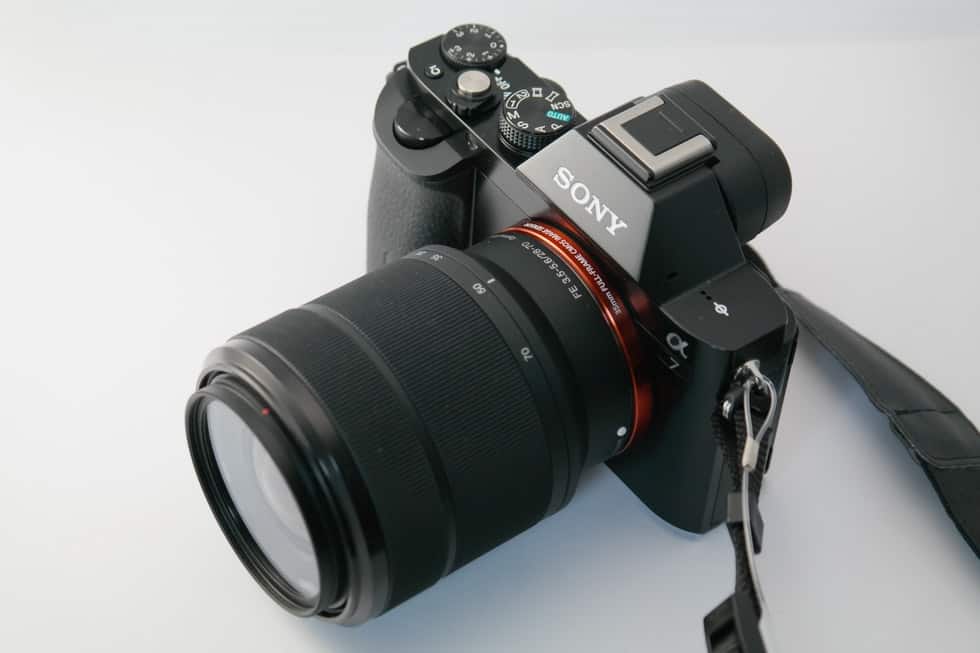
Sony is another big name when it comes to cameras, although they certainly have a large following for their other products.
Pros
Sony sets the standards for its superior sensors, which create excellent images without much tweaking by you.
A Sony’s camera is also equipped with impressive autofocus that makes it easy to line up your shots by getting your target close to the center of the screen. There’s both face and eye focus that autofocuses on your subject.
But with group shots, Sony doesn’t let you set one face as a priority out of many. If you want to set one person as your center of focus, it requires fiddling with the focus zones.
They also have a quick refresh rate making it super easy to get continuous shots at rapid speeds. And you can control where you want the shot to be when you adjust the zone box, which can be time-consuming.
In the Sony A7 and A9 series, your camera is full-frame mirrorless, which is a new technology that has quickly risen to be one of the most popular camera choices. Some of these cameras will have smaller APS-C sensors.
A Sony’s mirrorless camera has better battery life and dual SD card slots, so you can take more pictures without having to swap cards or download your images to your computer.
Cons
Sony does have a few black marks against them that can turn some users off when it comes to which camera to choose.
Sony cameras can be challenging to use when switching between portrait and landscape, as it requires you to adjust the zone box. If you’re continually switching between shots, it can get tiresome, and your session can take longer.
Sony does not offer DSLRs, but they do support DSLTs. DSLTs use translucent mirrors to direct the light between the imaging sensor and the autofocus sensor. And they are built using an A-mount, which allows for quicker autofocusing.
Sony also has a more complicated interface. There are a ton of menus you may have to flip through to find the right option. This issue can make it difficult and time-consuming if you have to keep switching settings for your shots.
Nikon or Sony
If you’re looking at two pictures side by side, one taken with a Nikon vs one with a Sony, it can be challenging, if not impossible, to tell them apart. Both cameras produce high quality images with very little differentiation.
When trying to decide between Nikon or Sony, you’ll want to focus on each camera’s features and your individual needs. Both companies offer mirrorless cameras, which are the newest technology.
Nikon offers DSLR (digital single-lens reflex) vs Sony, who only provides DSLT (digital single-lens translucent) if you decide you’re not ready to work with mirrorless cameras.
Face Detection and Eye Autofocus
Nikon EOS (electro-optical system) cameras often come equipped with autofocus, and so do their lenses. But other Nikon versions have manual focus, so there’s something for everybody.
Sony also offers cameras with multiple autofocus and manual settings. You can let the camera do all the work by setting your camera to wide. Or you can fiddle with the settings to control how your autofocus works.
One thing to note about Sony cameras is it can be tricky to get into the menu for your autofocus settings. Many people assign a particular slot for it in their shortcuts, so there’s not much scrolling to get to the area.
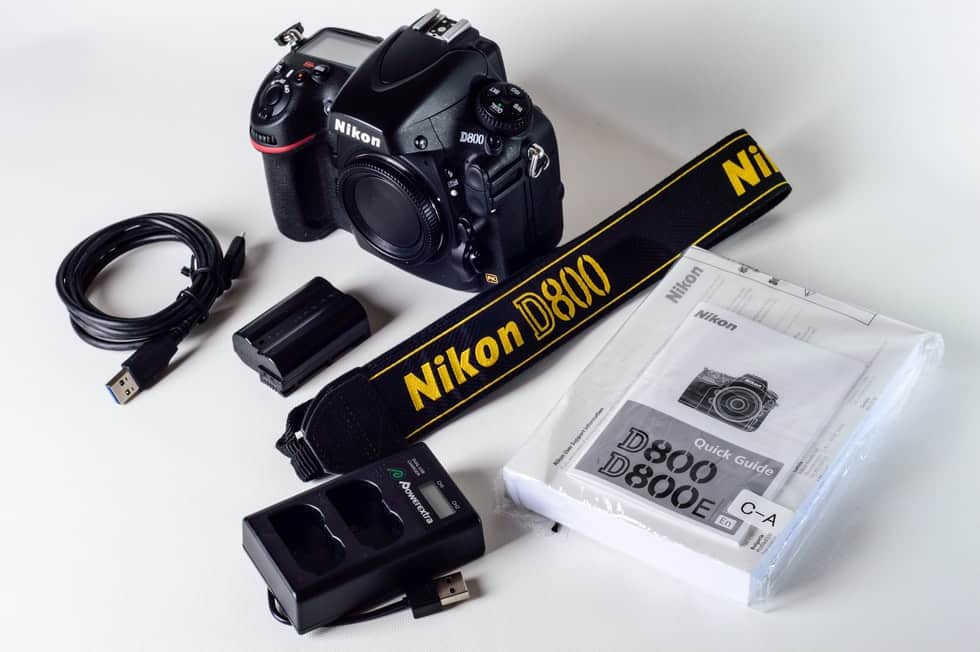
In-Body Image Stabilization (IBIS)
Both Sony and Nikon offer IBIS technology in their cameras. IBIS or in-body image stabilization, also called sensor shift technology, provides stability, so you end up with a clear shot, regardless of the motion of the camera.
This technology allows the sensor inside the camera to move in response to the motion of the camera. If you’re capturing landscapes on the go or trying to record a video clip, IBIS can be your best friend.
Active
There are two types of autofocus to consider, active or passive. Active autofocus adjusts your lens’s focus based on the distance between your camera and what you’re capturing. This autofocus works great in low lighting.
Passive
Passive, on the other hand, uses sensors to detect the contrast of light. It may adjust the sharpness of certain areas based on the sensor’s readings. For passive autofocus to work, you will need enough contrast.
Single Autofocus
You may also have single versus continuous autofocus. With single autofocus, your camera doesn’t keep your subject in focus after you’ve taken your shot or if your subject moves. It requires manual manipulation to regain focus before you capture your image.
Single autofocus is useful for still portraits and stationery items, but it won’t do well for moving. Active also works great in areas that have low light, and it uses less battery.
Continuous Autofocus
But with continuous autofocus, your camera stays locked on your subject and keeps it in focus, even if there’s movement. This method continuously refocuses your image while you hold the shutter halfway.
Continuous autofocus works great with moving subjects such as pets, sports, or active children. But there are limitations to how well your camera can stay in focus with quick movements. You may have to do some manual tweaking to keep some subjects in focus.
Full Frame and APS-C
Every camera has a built-in sensor that will control the size of your image. Most cameras come with APS-C sensors, but you can also find cameras with these sensors. Nikon and Sony offer cameras with either option.
You can also use lenses to create a cropped effect, regardless of your camera’s sensor. Some factors will affect how your shot aligns, depending on the size of your equipment.
Using lenses with an APS-C sensor gives you a 1.5x crop factor (for both Nikon and Sony). If it is larger than your sensor, you could end up with severely cropped images.
If you’re shooting portraits, the cropping may not affect you. But it can be a problem if you’re trying to capture landscapes or wildlife.
Full Frame (Typically Better for Zoom Lenses)
This refers to the sensor inside your camera, which is equivalent in size to a 35mm film. A sensor of this type is 24mm in height and 36mm in width. This size difference is referred to as the aspect ratio, which is equal to 3:2.
Using a camera gives you better control of your depth of field because you have to move closer to capture your shot.
Attaching one of these lenses to your full-frame camera gives you advanced zooming capabilities to capture everything in your field of view.
These cameras are also excellent for low lighting and night photography due to pixel pitch. Full frame cameras capture images with larger pixels, so you end up with more detailed photos, a crucial must if you’re shooting macro photography.
And due to the size of full frame sensors, you can capture more in your image than you could with an APS-C sensor.
APS-C (Typically Better With Prime Lenses)
APS stands for Advanced Photo System, which is slightly smaller than the traditional 35mm of full frame sensors. There are three different types of APS formats: high-definition, panorama, and classic.
HD resolution has the same ratio as the negative, while classic has a 3:2 ratio like a full frame. APS-C sensors are referred to as cropped sensors as they capture less of your subject than a full frame sensor.
Using an APS-C sensor, your camera will not be able to capture as much as you would get with a full frame sensor. Instead, you get a cropped look with a sharper background. These sensors also give the appearance of being zoomed in due to a narrower angle of view.
If you want to use lenses with an APS-C sensor, you’ll need to consider the crop factor, which will determine the size of your field of view. The higher your crop factor, the more zoomed-in your picture will look.
To determine your crop factor, you will divide the lens size by the APS sensor size. Knowing your crop factor will help you figure out your field of view compared to a full frame ratio of 3:2.
What is Best for Hobby Photographers?
Hobbyists don’t need to go out and buy the most outrageous camera you can find. Sony offers plenty of cameras and accessories such as different lenses, that can work for hobby photography.
And Sony is interchangeable with some third party equipment, so you don’t have to stick to the same name brands if you want to indulge in a lenses shopping spree. We’re all guilty of it at one point or another. No shame.
If you’re sticking with the same brand, be aware that Sony lenses can be pricey. Most hobbyists will not find enough value in investing in a ton of expensive lenses.
And their user interface can make it challenging for new users to get the hang of how to use their camera properly. It is difficult compared to the interface of other companies.
Nikon also offers plenty of cameras for the average hobbyist. And like Sony, you can use off-brand lenses. With the appropriate adapter, you can even use Sony lenses.
But the Nikon brand lenses can be costly. Nikon’s size can be challenging for some people, such as myself, who have smaller hands. But the image quality is one of the best you can find, making Nikon a great hobbyist camera choice.
Color
When it comes to color, all cameras will be different.
Sony attempts to display colors as it is in real life, although they drop the ball a bit when it comes to appearance. These pictures can have a more digital look than other cameras.
And in some models, the camera can struggle with complex color combinations, such as sunsets. So if you’re hoping to capture breathtaking landscapes, you might be disappointed with Sony’s color presentation.
Nikon images have a more unique color. Not everyone will like the way that Nikon images have a slight pastel appearance.
Landscapes and nature scenes won’t suffer from the lighter shading of Nikon cameras, but you may not like them for pictures where you want bright pops of color.
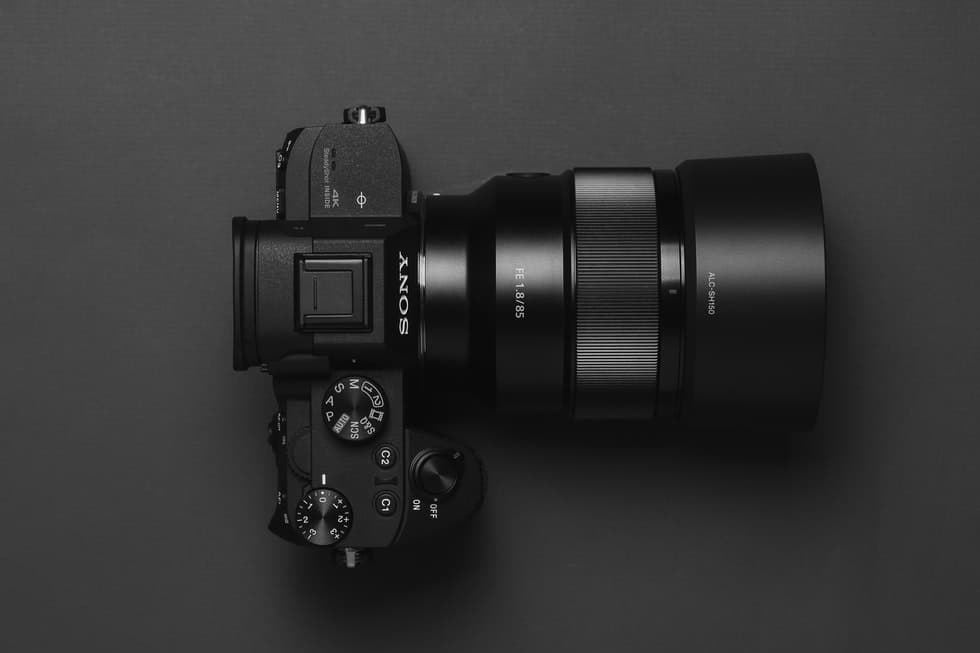
Which Camera System is Better?
The camera you choose should be decided based on your needs. Sony and Nikon both make great cameras with high-quality images. And they both offer a ton of different accessories and models.
It is hard to narrow down which camera is the better choice, because where one camera slacks off are where the other camera shines.
If you want a sleek camera with smaller camera bodies, you might prefer Sony. But if you’re going to look more professional and don’t mind the size, the Nikon is where you’d want to invest your money.
Or you could consider the versatility of a full frame camera in Canon if you don’t want to use Sony or Nikon.
Additional Questions
Do professional photographers use Sony?
Most professional photographers prefer not to use Sony over Nikon’s other camera models. Now, that does not mean that professional photographers cannot use Sony.
It just means that the current trend right now is that many do not. As new models and accessories come out, this could change in the future.
Sony does give you a brighter picture color, and they have cameras for all users. But it seems that most of their cameras are better for casual or hobby shoots than professional services.
Why Sony cameras are better?
Sony cameras lead the industry with their eye autofocus, as well as their video abilities. They also do a better job of displaying better colors compared to Nikon.
Their mirrorless cameras are starting to impress the people. And they are way ahead of Nikon, who only recently jumped on the mirrorless camera train.




